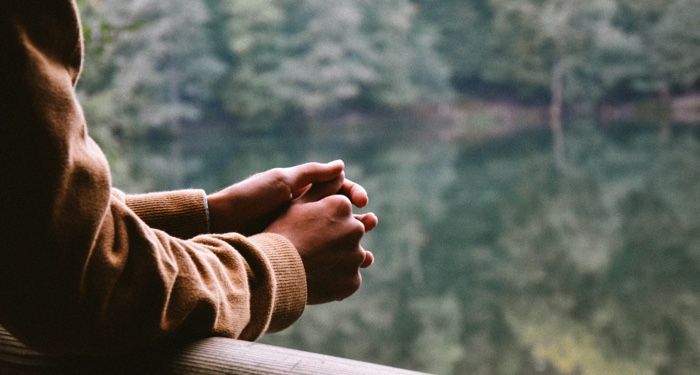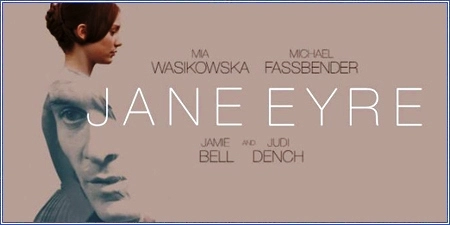
In Defense of the “Modern” Adaptation
It happens every time a new adaptation of a classic, beloved work emerges. Whether on stage, on screen, or streaming; certain fans must let everyone else watching that they do NOT like modern adaptations of classics. These comments can be seen under any announcement about upcoming adaptations, reviews, and even Vogue photo spreads of the film’s stars. (Be still my heart at that Emma 2020 hand-touch picture. Illegal. So hot.)
The classics tend to be dominated by white, western writers. Modern adaptations give us the opportunity to experience treasured stories through the perspectives of artists of different backgrounds. In books, we see retellings, such as Soniah Kamal’s Unmarriageable. On stage and in film, we’re more likely to see adaptations that include more people of color in the cast, where they might not have been cast previously. Upcoming film The Green Knight is based on the Sir Gawain and the Green Knight Arthurian legend and stars Dev Patel. While we still have ways to go with representation, it is refreshing to see storytelling becoming more important than maintaining the status quo.
Recently, I watched National Theatre at Home’s Production of Jane Eyre, which I found incredible and inspiring. Every third comment on the youtube video seemed to be some variant of the not liking modern adaptation variety. This particular production of Jane Eyre was devised by the company. Devised theatre is a different genre of theatre than a standard play. The company works with the source material to deconstruct and tell the story using sound, movement, and space. Along with the help of a movement coordinator and dramaturg, whose job is to interpret historical context and Bronte’s work for the company, Jane Eyre was pieced back together in a lively, heartbreaking way.

I had never seen a version of Jane Eyre I had connected with before. Then, there was this stripped down play, minimal set and props, small, diverse company, with dialogue borrowed directly from the book I tried reading several times. Jane Eyre, directed by Sally Cookson, was produced in 2015, yet spoke to me about freedom and heartache in 2020. Was my interpretation wrong? Did I watch it incorrectly? Was Sally Cookson’s Jane Eyre too modern because it was reimagined by 21st century artists? No.
When “classics” are adapted, they are adapted to their audience in context. In 1918, Jane Eyre was adapted into the silent drama Woman and Wife. Characters are dressed in stylish 1918 clothing rather than the heavy and austere clothing associated with Jane Eyre now. The film was subject to censorship laws of the time, cutting out some of the themes of the novel as well as scenes of drinking. As readers and viewers, we have no way of seeing what an original Jane Eyre might have looked like. We only have the original published work, the work of historical researchers, and the work of artists to go on. What we might recognize as a classic is always an interpretation.
Romeo + Juliet 1996
The works of William Shakespeare are continually adapted into movies, for the stage, and into picture books and novels. The film version of Romeo and Juliet that I am most familiar with is Baz Luhrmann’s Romeo+ Juliet (1996.) It’s vibrant and funny and histrionic. I’m also familiar with the 1968 Romeo and Juliet, with the Zac Efron-looking Romeo.
Romeo and Juliet 1968
Some will argue that that 1968 version is better, more accurate, a classic. To me, Luhrmann’s is a classic, of Shakespeare and of filmmaking. I’ve heard people scoff at Luhrmann’s film, calling it a joke, a mockery even. The mid-’90s film scene was all about bawdy teen comedies, grungy action dramas, and charming family films. An “accurate” Romeo and Juliet would have flopped, even with the budding star power of Leonardo DiCaprio and Claire Danes. Even the 1968 film isn’t historically accurate. Historical accuracy isn’t the only aim with adaptations. It’s about updating the material to fit the context of the production.
Take Little Women, for example. Louisa May Alcott’s novel has been adapted at least into four feature length films. Katherine Hepburn starred in the 1933 adaptation, which focused heavily on the March family’s sudden financial losses and familial contentment. Depression-era audiences clung to Katherine Hepburn’s Jo. In 1949, audiences would have connected deeply to wartime hardships and the March girls missing their father in the June Allyson–starring adaptation.
Little Women 1994
The 1994 Winona Ryder version is warm and sentimental, longing for a simpler time, as many family films in the ‘90s did.
Little Women 2019
The most recent adaption, Greta Gerwig’s 2019 Little Women, placed a heavier focus on Jo’s journey as a writer and the changing relationship between the sisters. If we had been presented with a sappy and sweet film, with little about the March’s hardships, or recognition of the inequality that Jo faced as a young, female writer, we the 21st century audience would not be satisfied.
Book adaptations are that. Adaptations. Whether a piece is set in a contemporary setting or in its original setting, a new adaptation is born of current thought and ideal. Every adaptation is contemporary to its time. When we read books published hundreds years ago, of course we’re going to read them through our own perspective. We cannot go back. So we must look forward.
















